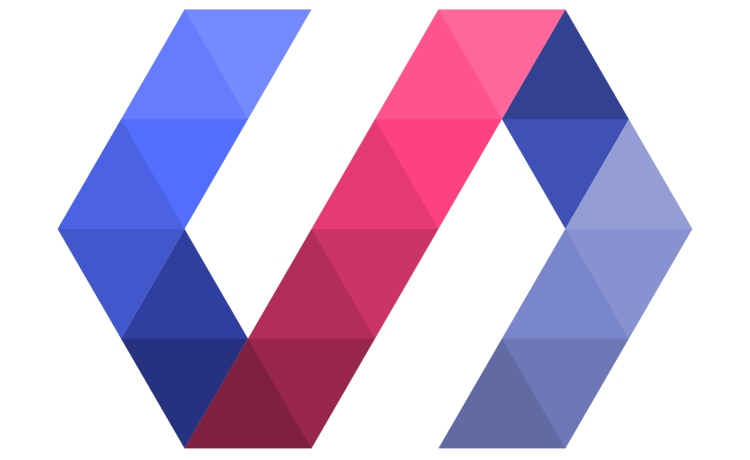At its I/O 2015 developer conference today, Google launched Polymer 1.0. The Web app toolkit is designed to help developers bring high-quality app-like experiences to the browser, across both desktop and mobile.
Polymer is Google’s library for the Web that builds on Web Components and is “designed to leverage the evolving Web platform on modern browsers.” In short, Polymer helps developers create desktop and mobile Web applications faster using interoperable custom elements. The open-source project supports building reusable components and creating projects across both desktop and mobile.
New and updated features include:
- Brand-new, fast, and easy-to-use data binding system
- Element theming and styling using custom CSS properties
- Fast and lightweight Shadow DOM shim for non-supporting browsers
- “Behaviors” mechanism for sharing behavior between elements
Version 1.0 introduces new Polymer elements. These allow developers to drop in common features like toolbars and menus, add services like maps and charts, or build a complete mobile-first checkout flow in their Web apps.
Google has re-written the library from the ground up since its developer preview with a focus on cross-browser performance. The new library is about three times faster on Chrome and four times faster on Safari — all using a third less code than the developer preview.
“Polymer 1.0 has been rebuilt from the ground up for speed and efficiency,” Google explains. “The new, leaner core library makes it easier than ever to make fast, beautiful, and interoperable Web components.”
To check out new element product lines built by the Polymer team, head to the Polymer elements catalog. If someone has already created an element, you can just use it to add features to your web app.
The 1.0 launch means Polymer is ready for developers to use the toolkit in production applications. It’s yet another way Google is trying to pull apps and the Web closer together.
To view all of VentureBeat’s Google I/O coverage, click here.


